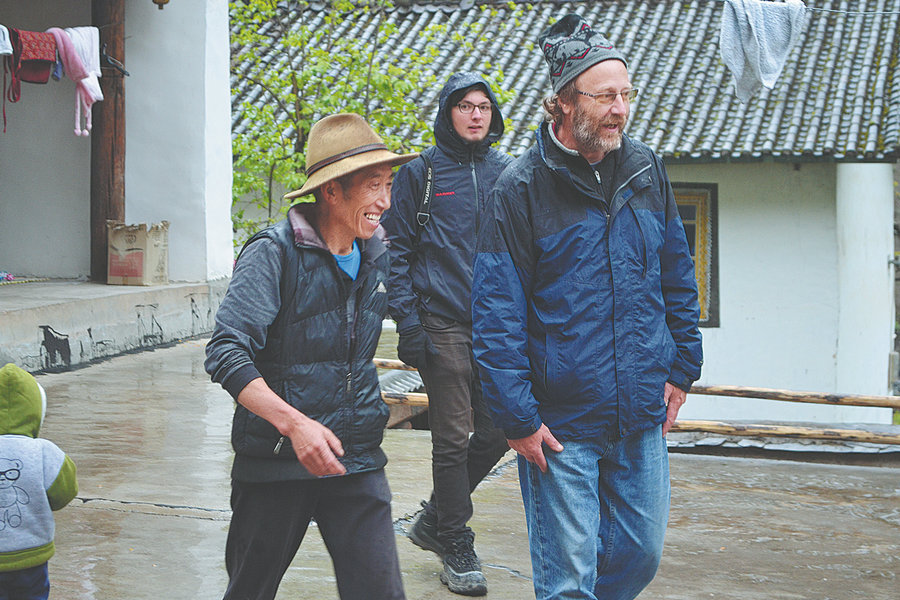'Crazy' idea highlights Chinese culture


Moving house to the US helps establish stronger foundations, literally, for ties between the two countries, Zhao Huanxin reports in Washington.
When John Flower first talked about his plan to dismantle and move a rural house in Southwest China's Yunnan province to West Virginia, in the United States, half a world away, Pamela Leonard, his wife, asked a simple question. "Are we crazy?"
After all, it is a house made of wood, stone and clay. It could not be attached to countless helium balloons and turned into a makeshift airship and flown away, like the character Carl Fredricksen did with his in the 2009 Disney/Pixar film Up.
It all started in 2014, when the couple began to work for the China Fieldwork Semester, an experimental education program run by Sidwell Friends School, a Quaker school in Washington.
Each spring, the program, based in Xizhou, a town with long history in Yunnan's Dali Bai autonomous prefecture, would bring dozens of 11th and 12th grade American students to experience cultural diversity and biodiversity in the province through tours, classes and do-it-yourself craftsmanship sessions.
Flower, a high school history teacher in Arlington, Virginia, says that he had always asked his students to do research projects on houses, which he sees as a type of walk-in library where they could learn how Chinese people live. The structure was shipped over in 2017.
Fast-forward to the summer this year, a group of Sidwell teenagers were finishing off a bathhouse and beginning a new project to build a traditional Chinese courtyard at the Friends Wilderness Center in Harpers Ferry, West Virginia, a 600-hectare nature reserve on the Shenandoah River.
The bathhouse and courtyard are all supporting structures to the two-story house that has been under construction since its parts arrived from China in late 2017 and is nearly finished.
"In a year or two, all the buildings and gardens and the courtyard walls will be built, and we can concentrate on our core mission as a cultural exchange center," Flower says.
For the farmhouse-turned-new house, Flower and his wife formed a nonprofit, the China Folk House Retreat.
It will serve as a living folk museum of Chinese rural life, provide a site of experiential learning with a school of traditional Chinese handicrafts, and teach the principles and practices of environmental sustainability with the house at its center.
For the Flowers, resettling the original house "from the Himalaya Mountains and Mekong River to the Blue Ridge Mountains and Shenandoah River" was not only the completion of a logistical feat, but also the beginning of a new passion and ambition.
Their encounter with the house in Yunnan was a result of their years of fascination with the traditional, rural, vernacular houses in China, which they believe are the "texts" of moral meaning, social relations and farming.
























